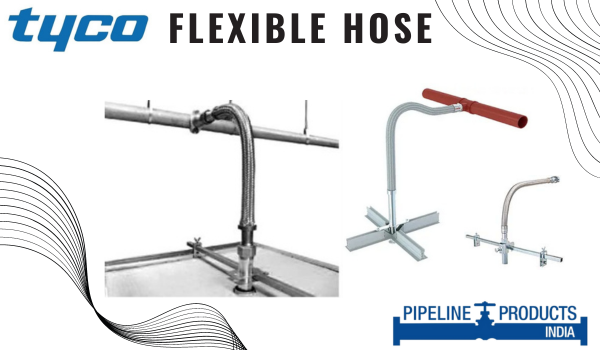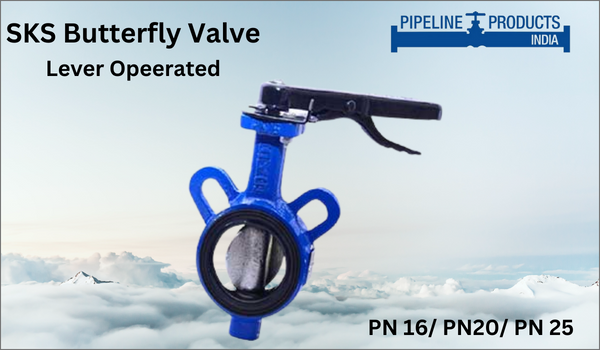Introduction
Valve leakage is a critical issue in Mechanical, Electrical, and Plumbing (MEP) systems, affecting the efficiency, reliability, and safety of industrial and commercial infrastructure. Whether in HVAC systems, fire protection networks, or plumbing installations, a leaking valve can cause pressure drops, water loss, safety risks, and increased maintenance costs.
Understanding the causes of valve failure, its impact on MEP infrastructure, and effective preventive solutions can help facility managers, engineers, and contractors ensure seamless operations. This blog delves into the main reasons behind valve leakage, its effects, and the best practices to prevent leakages and extend valve life.
Common Causes of Valve Leakage in MEP Systems
-
Substandard Valve Quality
- Using low-cost, inferior-quality ball valves, butterfly valves, or pressure-reducing valves (PRVs) can result in rapid wear and leakage.
- Poor casting, defective sealing, and weak materials compromise valve performance.
-
Seal and Gasket Deterioration
- Valve seals and gaskets ensure leak-proof operation, but over time, exposure to high temperatures, aggressive fluids, and mechanical stress leads to deterioration.
- Rubber seals in diaphragm-type PRVs are particularly prone to failure.
-
Pressure Surges and Thermal Expansion
- MEP systems experience fluctuating pressure levels and temperature changes, which cause valve components to expand and contract.
- This leads to seal displacement, internal damage, and stress fractures.
-
Corrosion and Erosion
- Chemical exposure, moisture, and oxidation weaken valve materials, causing corrosion.
- High-velocity fluid flow results in erosion of valve seats and internal components.
-
Misalignment and Improper Installation
- Incorrect flange alignment, poor welding, and improper tightening result in mechanical stress, causing leakage points.
- Lack of adequate pipe support can lead to valve misalignment and joint failure.
-
Clogging Due to Inbuilt Strainers
- Inbuilt strainers in valves trap debris and contaminants but often get clogged, reducing flow and increasing pressure buildup, leading to leaks.
- A separate strainer before the valve can help prevent this issue.
-
Use of Diaphragm-Type PRVs Instead of Piston-Type PRVs
- Diaphragm-type PRVs rely on a flexible membrane that wears out faster, leading to frequent leaks.
- Piston-type PRVs, like those offered by SKS Valves, are more durable, require less maintenance, and ensure better pressure control.
Effects of Valve Leakage on MEP Systems
- Loss of Efficiency – Leaking valves cause pressure drops in HVAC and plumbing systems, leading to higher energy consumption.
- Water and Fluid Wastage – In large plumbing and firefighting systems, leaks result in excessive water loss and increased operational costs.
- Safety Hazards – In fire protection systems, a leaking valve can reduce water flow, compromising fire suppression effectiveness.
- Equipment Damage – Leaks cause corrosion and damage to surrounding pipes, pumps, and fittings.
- Frequent Maintenance and Downtime – Unplanned shutdowns and frequent repair cycles disrupt operations and increase labor costs.
Why Does Valve Leakage Occur?
- Poor Material Selection – Using plastic or substandard metals in high-pressure applications leads to rapid degradation.
- Incorrect Valve Type for Application – Selecting a diaphragm PRV instead of a piston PRV can lead to failure in high-pressure applications.
- Ignoring Preventive Maintenance – Delayed lubrication, inspection, and seal replacements result in gradual failure.
- High Operating Stress – Operating valves beyond their rated pressure or temperature reduces their lifespan.
Preventive Measures to Avoid Valve Leakage in MEP Systems
Choose High-Quality Valves
- Invest in premium-grade ball valves, butterfly valves, and PRVs from trusted brands like SKS Valves to ensure durability.
- Opt for piston-type PRVs instead of diaphragm-type for better longevity.
Perform Regular Maintenance
- Implement routine inspections, lubrication, and pressure testing to detect potential leakage.
- Replace seals, gaskets, and worn-out components before they fail.
Ensure Proper Installation
- Follow manufacturer guidelines for flange alignment, bolt tightening, and support placement.
- Use separate strainers instead of relying on inbuilt strainers.
Monitor System Pressure and Temperature
- Install pressure relief valves and thermal expansion devices to prevent excessive stress on valve components.
Use Corrosion-Resistant Materials
- Choose valves with stainless steel, brass, or coated surfaces to withstand harsh conditions.
Conclusion
Valve leakage is a major concern in MEP systems, impacting efficiency, safety, and costs. The key to preventing valve failures lies in choosing high-quality valves, implementing routine maintenance, and ensuring correct installation.
By using piston-type PRVs, separate strainers, and corrosion-resistant materials, MEP professionals can significantly reduce downtime, repair costs, and system inefficiencies.







Valves